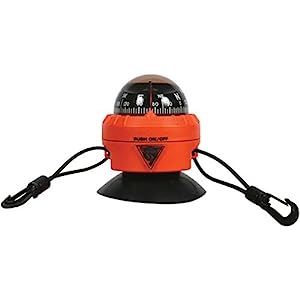I have noticed that a lot of good sailors put inspection ports in their Sunfish for inspection/compass/repair/storage. I would like to put an inspection port in my Sunfish, but I want to do it correctly since it involves cutting the boat.
Can anyone here direct me?
Thanks in advance.
Can anyone here direct me?
Thanks in advance.







